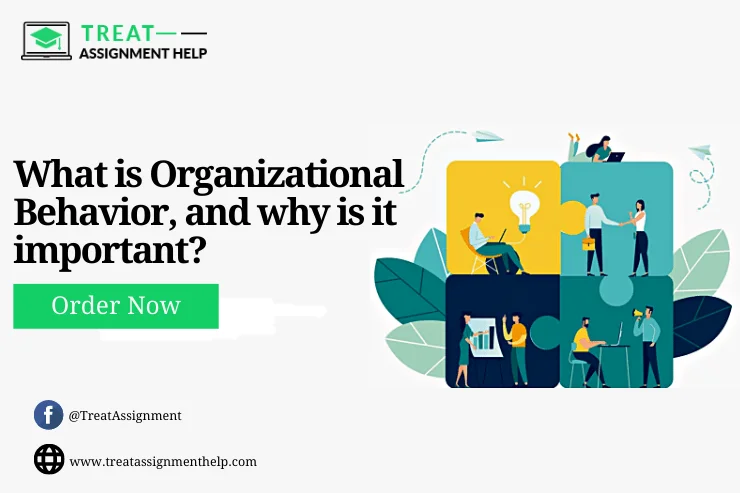The strength of proofreading resides in the examination and improvement of the written content that occurs because of errors, inconsistencies, and clarity. Essays for school, business papers, creative writing, and website content are all ideal applicants for proofreading that ensures correctness, professionalism, and efficiency.
Points Highlighting the Power of Proofreading:
Professionalism
Proofreading may raise the overall quality of any written work to a higher degree. It helps to maintain a high-quality standard in a variety of ways, including the removal of mistakes, the increase of readability, and the clear and consistent presentation of information.
Effective communication
Editing proofreading may help you to improve your material and also your ability to articulate your ideas. If you want to reach your readers and convince them regarding your point of view and provide them with the information they want, you can increase the quality of your writing by ensuring that it is error-free and has a smooth flow of ideas.
Why do We Proofread?
We proofread to detect and rectify typos as well as mistakes in syntax, grammar, and punctuation. We can repair any flaws and make general improvements to our work if we read it attentively and take another look at it. It ensures that what we've written is suitable for publication, free of mistakes, and correct. The editing procedure assists us in making our work more cohesive while also boosting its lucidity. We have a higher chance of discovering any phrases or paragraphs that are confusing, poorly constructed, or do not follow a logical order if we break the text down into its component elements.
We can make adjustments that, if applied, would considerably improve the reading and comprehension of the content. Proofreading carefully is vital for building credibility and exhibiting knowledge. Any written work with spelling, grammar, or punctuation mistakes may be seen as less dependable than other comparable works. We show that we care about producing error-free information by thoroughly checking our work for typos and other forms of issues.
Importance of Proofreading
When it comes to publishing a piece of work for academics, scientists, and editors they often have to shift through a torrent of submissions. They are as eager to find reasons to reject submissions as they have to find reasons to accept submissions since the quality of the paper submitted for articles that can be published by the journals and publishers for whom they work. A manuscript that perfectly follows the publisher’s standards has a structure that logically and effectively organizes the content and uses language that clearly and effectively conveys facts and ideas has a great chance of being accepted for publication than a manuscript that does not follow these rules.
Techniques Used For Proofreading
Proofreading is an important step in the writing process since it ensures that the information is correct, clear, and presented professionally. There are a few various techniques for proofreading, but one, in particular, stands out.
- Take a break: Step away from the document for a few moments before returning to change it. Mistakes will likely become more visible after a brief mental pause and the receipt of a fresh wave of sensory input.
- Read aloud: Read the content aloud, taking your time and paying attention to detail. This approach may be used to detect odd language, word omissions, and word repetitions, among other possible difficulties.
- Read backward: Start at the end and work your way backward to the beginning while inspecting the document for flaws. Using this method, instead of getting caught up in the flow of the text, you may focus on the meaning of each word.
- Utilise spelling and grammar checkers: Make advantage of the grammar and spelling check features provided by your computer application. It is important to remember that these automated algorithms are not perfect and may miss faults that a human proofreader would see.
- Multiple attempts for proofreading: Instead of trying to find all of the faults at once, you should concentrate your attention on a certain kind of error during each run. Search for and repair any spelling, grammatical, and punctuation issues you uncover in each subsequent pass.
- Verify data and citations: Check the accuracy of the citations and data you've provided in your work. Take care to correctly credit your sources, use proper formatting, and include cross-references as needed.
Techniques To Polish Your Assignment
Finishing your work entails going through it again with the purpose of improving its content, structure, language, and presentation.
Improve Precision and Concision:
Express your thoughts in a straightforward and plain way. As much as possible, avoid using clichés, unnecessary phrases, and jargon. Try to be as specific as possible when offering explanations and examples to back up your claims.
Examine Format and Layout:
Before continuing, ensure that the formatting requirements for your work have been met. Check that the font, line spacing, and paragraph alignment are all right. Check that the document has been properly formatted and that the headers and subheadings are consistent throughout the content.
Conclusion
If you want that your assignment should be perfect then you must contact Treat Assignment Help Australia so that proofreading should be done in a proper way.
FAQ
-
How does proofreading professionally help students?
Using the services of a professional proofreader may help students enhance their work in a number of ways. Professional proofreaders have a keen eye for detail and are fluent in the nuances of the English language, such as grammar, spelling, and formatting. A student's written work may have faults in spelling, grammar, and consistency pointed out to them so that they may be corrected.
-
Is proofreading important in business communication?
True, every business communication must be edited before it is distributed. When it comes to corporate communication, professionalism and meticulous attention to detail are critical. Inconsistencies in a company's use of punctuation, vocabulary, and spelling may create concerns about the company's legitimacy and professionalism.


